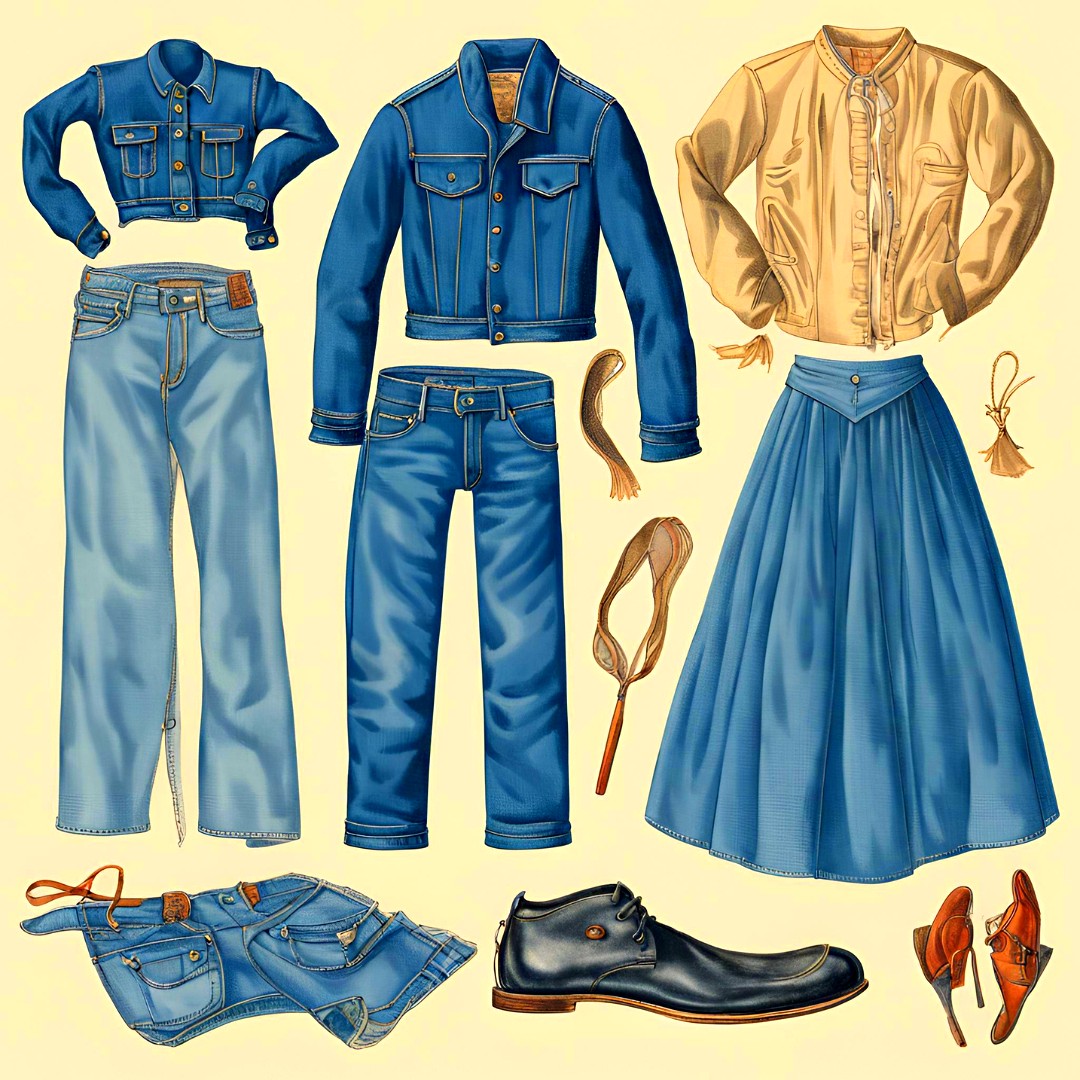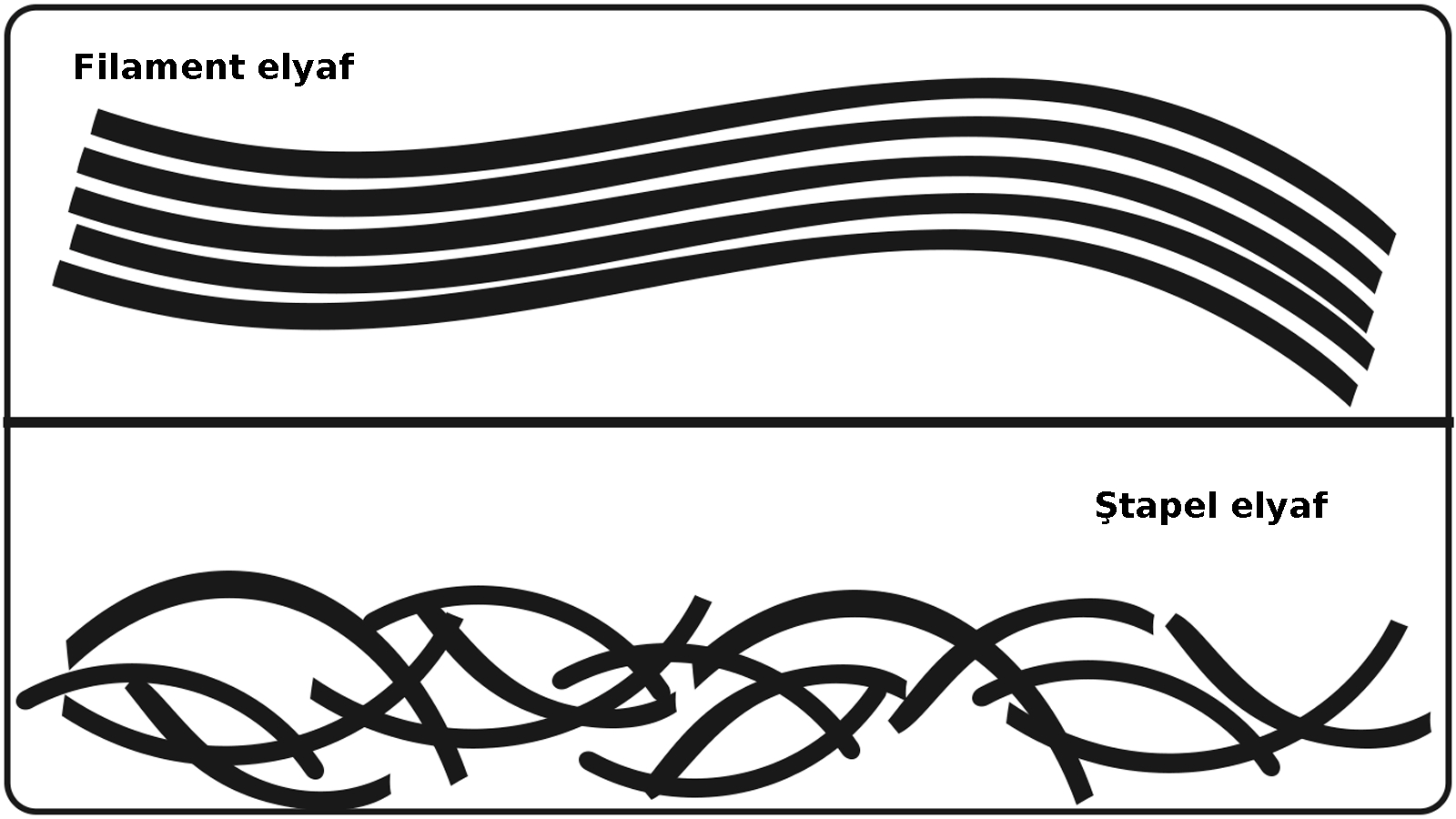Yarn Twist (S Twist - Z Twist), Twisting Process
22:38
0 comments
Twist is simply the spiral arrangement of fibers around the axis of the yarn. Through twisting, the fibers are bound together and create a stronger yarn. The number of twists involved is normally referred to as turns per inch or turns per meter. Twisting, in yarn and rope production, process that binds fibers or yarns together in a continuous strand, accomplished in spinning or playing operations. The direction of the twist may be to the right, described as Z twist, or to the left, described as S twist.
No matter the spinning system employed, all yarns contain twist to hold the fibers together. The frictional forces created by the twist are the means by which all yarns are held together. Most single yarns will be produced with a "Z" twist. That means the helix angel is the "Z" direction. Sometimes "S" yarns will be produced for special technical reasons. An "S" twist yarn’s helix angle is in the "S" direction. Because of its mechanical design, yarns produced on the OE system will always be "Z" twist yarns. Both ring and air-jet spinning systems can be set up to produce an "S" twist when it is required.
Twist Multiple (TM): the ratio of turns of twist per inch to the square root of the yarn size in Ne. Twist multiple is a common way of designating how much twist a yarn contains. TM is a relationship between yarn number (or count) and the turns per inch in the yarn. Using number English or cotton count, that relationship is represented as follows:
TM = TPI√ Ne.
Where TM is twist multiple, TPI is turns per inch, and Ne is number English (or cotton count). Twist level may also be expressed in other ways, such as turns per meter. When communications between parties involve twist, it’s important to know the terms and units being used.
S-Twist
The fibers in the yarn form the center of the letter S, moving from lower right to upper left. This is caused from the direction the fibers are twisted into yarn. Also called reverse twist and left-hand twist.
Z-Twist
The fibers in the yarn form the center of the letter Z, moving from lower left to upper right. This is caused from the direction the fibers are twisted into yarn. Also called regular twist and right hand twist.
Twist Multiple
The ratio of turns of twist per inch to the square root of the yarn size in Ne.
Turns Per Inch (TPI)
The number of turns of twist in one inch of yarn. TM-twist multiple is derived from the TPI and the yarn count and describes the relative twist level in a yarn (TPI = TMvNe).
-
İş sağlığı ve güvenliği için bazı işletmelerde pr ayakkabı kullanımı gereklidir. Ayakkabılarda rastladığımız "PR" terimi, İngiliz...
-
Ayakkabılarda doğru numara seçimi sağlık ve kullanım ömrü açısından önem arz eder. Kesirli Ayakkabı Numaraları Ne Anlama Geliyor? 🤔 Bazı a...
-
Mavi polycotton nevresim takımı. Polycotton , polyester ile pamuğu (cotton) karıştırarak elde edilen, her iki elyafın en iyi performans ...
-
Yeşil renk ve tonları, sarı ile mavi ışığın birleşmesi sonucu oluşur ve fotosentetik pigmentler nedeniyle bitki yapraklarında yaygın olarak ...
-
Kumaşın ön yüzünün ve arka yüzünün gösterimi. Kumaş yüzü (Alm. Stoffvorderseite, Fr. front de tissue, İng. fabric face; face of fab...
-
Rahat bir kullanım için ayağın genişliği ve uzunluğuna uygun ayakkabıyı seçmek son derece önemlidir. Ayakkabı Genişlik Terimleri: E, F, FX,...
-
Lif kısaltmaları tekstilde elbise üretiminin her aşamasında kullanılır. Tekstil, Kumaş, Lif ve Elyaf Kısaltmaları : Tekstil endüstrisi, lif...
-
Şali kumaş bayrak. Şali , tiftik iplikten dokunmuş ince bir kumaş türüdür. Kaba ve seyrek dokunanları genelde bayrak yapımında kullanılmış...
-
Parlement mavisi rengi, denizin hava kararırken aldığı renk olarak tanımlanabilecek mavidir. Parlement mavisi, orijinal olarak lapis lazul...
-
İngilizce renkler. İngilizcede renk kelimesi Amerikan İngilizcesinde "color", İngilizce İngilizcesinde "colour" olarak ...
-
Türk tekstil ve hazır giyim sektörü: yerli markaların yükselişi. Türkiye'nin lokomotif sektörlerinden biri olan tekstil ve hazır giyim...
-
Akrilik elyaf, iyi yalıtım özelliğine sahip olmasıyla öne çıkan sentetik bir lif türüdür. Akrilik Elyaf: Tanım ve Özellikler Akrilik, ( Alm....
-
Kumaş numunesi. 1) Yapılarına göre (nasıl yapıldıysa o ismi alır) a) Dokunmamış kumaşlar - Nonwoven , keçeler, kağıt telalar, elyaf, vi...
-
Ünlü Türk modacı ve tasarımcılarının kreasyonları artık dünya moda başkentlerinde sergileniyor. Türkiye'de tekstil ve moda sektörünü...
-
Farklı renk ve türdeki kumaş çeşitleri. Kumaş, ipliklerin, çeşitli yöntemlerle bir araya getirilerek oluşturduğu kaplayıcı yüzeylerd...
-
Türk ayakkabı markaları, yerli ham maddeyi mükemmel işçilik ve estetik tasarımlarla birleştiriyor. Türk malı ayakkabı ürünler, kalitesi ve e...
-
Dünyanın en meşhur modacıları. Dünyaca ünlü modacılar Her sezon önce podyumları sonra da vitrinleri süsleyen özel koleksiyonların arkas...
-
Lif kısaltmaları tekstilde elbise üretiminin her aşamasında kullanılır. Tekstil, Kumaş, Lif ve Elyaf Kısaltmaları : Tekstil endüstrisi, lif...
-
Naylon olarak da bilinen polyamid kumaşlar sentetik kökenli bir kumaş türüdür. Polyamid ya da naylon (Alm. Polyamidfaser, Fr. fibre ...
-
Tekstil ürünlerinin etiketlerinde yıkama, kurutma ve ütüleme ile ilgili semboller bulunur. Tekstil Ürünleri için Tavsiye Edilen Yıkama Tali...




















































































































0 yorum:
Yorum Gönder
Merhaba, daha kaliteli bir site için yorumlarınızı bekliyoruz.